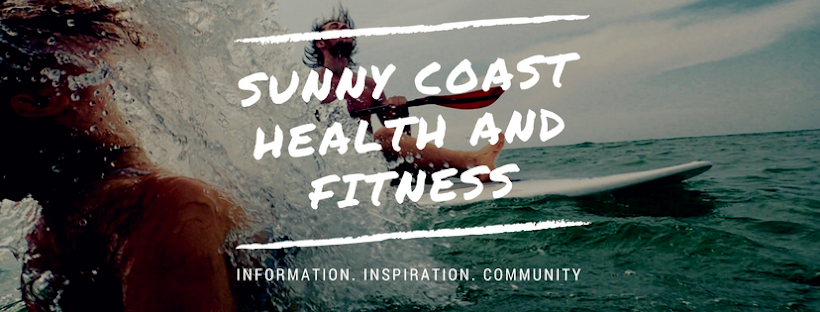As an obsessed
runner, I know first hand that the
effects of iron deficiency can hit hard… Particularly if you’re busting your
guts to achieve health and fitness goals!
With iron deficiency, simple everyday activities like ascending
a flight of stairs can feel like a gruelling climb to the peak of Mt Everest
Not to mention the negative
impacts on training!
Speed training feels more like lumbering through an
atmosphere made of viscous honey, with no improvements to be seen in time
trials; while long runs are followed by hours in a semi-comatose state on the
couch.
This makes sense when we think about the roles of iron in the body, which
include (but are not limited to) oxygen transport, red blood cell production
and involvement in energy production systems.
The effects of iron
deficiency are compounded by fitness training.
This is because training causes:
- Increased iron requirements: Red
cell production is increased, with increased blood use by the tissues.
- Increased iron losses through
sweat, blood, urine and the digestive tract. As a runner, red blood cells
are lost through “haemolysis” as blood cells break apart with every foot
strike.
So – what can you do to
boost iron levels?
One answer (and my
favourite reply) is FOOD!
There are two types
of iron found in food:
-
Haem iron - found
in animal foods such as red meat, poultry and seafood. Haem iron has far better
absorption (around 15-18%).
-
Non-haem iron
- found in legumes, some green veggies, dried fruits, nuts and fortified breakfast
cereals. Non-haem iron is less well absorbed (<5%)
 |
| Image: Absorption of haem iron vs. non-haem iron |
Becoming an
“Iron”-Man/Woman: Top 4 Tips!
- Be a Mindful Meat-Eater
Eating lean red meat 3-4 times a week is a great way to meet your iron requirements. Good options include kangaroo, beef, veal and lamb.
OR….
- Be a Vigilant Vegetarian
If vegetarian (or prefer a plant based diet) – make an extra effort to eat iron-rich plant foods regularly. Experiment with legumes and nuts, and choose fortified breakfast cereals
- Avoid drinking tea or coffee within 30
minutes of meals.
The tannins in these drinks can inhibit iron absorption.
- Add vitamin C-rich foods to meals.
This can increase iron absorption by up to four-fold! Examples include citrus fruits, green leafy vegetables and chilli.
Talk to your doctor and dietitian
for more advice. Supplements may be recommended for some individuals.
Dominique is an Accredited Practicing Dietitian (APD), medically
diagnosed coeliac, avid trail runner, and self-confessed peanut butter addict. You
can follow her story on Instagram: @free.dom02





